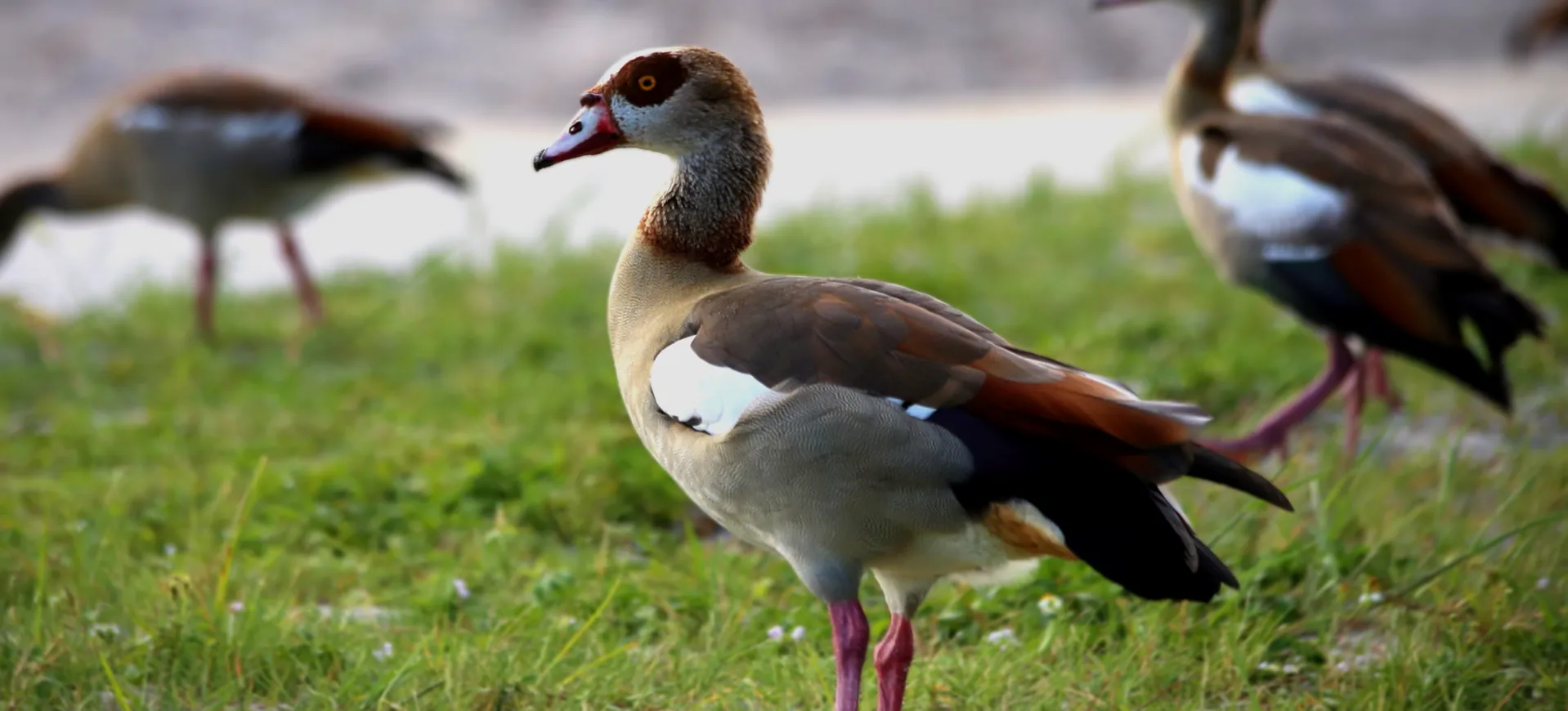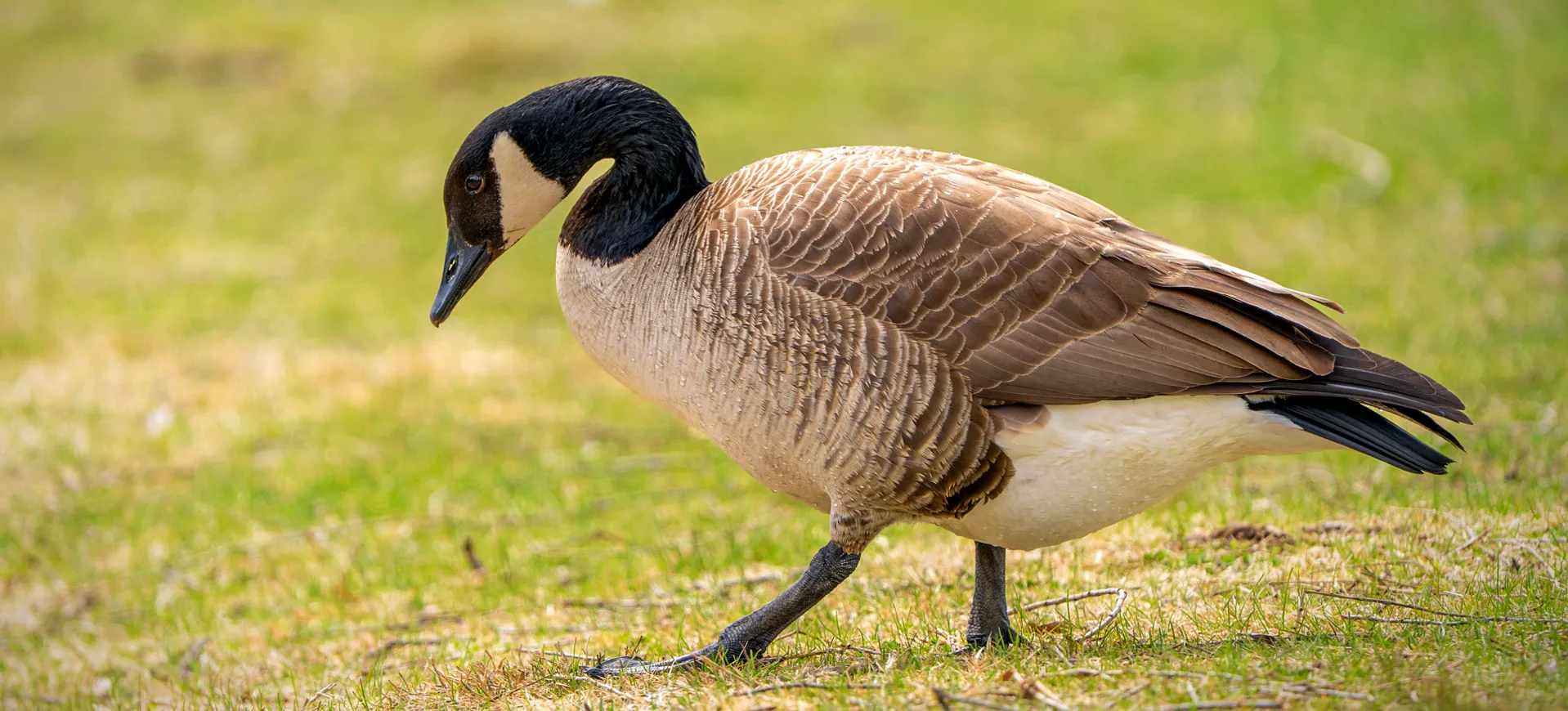Overview
The Lesser Scaup, known scientifically as Aythya affinis, is a medium-sized diving duck native to North America. It is closely related to the Greater Scaup but is smaller, a distinction important for bird enthusiasts and ornithologists. The Lesser Scaup is characterized by its striking appearance during the breeding season, with males displaying glossy blackheads, white sides, and barred black and white backs. Females are more subdued in color, with brownish plumage and a distinctive white patch near the base of the bill.
Lesser Scaups are known for agility in the water, diving skillfully to forage for food. They inhabit various freshwater and saltwater habitats, including lakes, rivers, marshes, and coastal bays. Their diet primarily consists of mollusks, aquatic plants, insects, and small fish. These ducks are social birds, often seen in large flocks, especially during migration and wintering areas.
The breeding behavior of Lesser Scaups includes elaborate male courtship displays to attract females. They nest in dense vegetation near water, with females responsible for building the nest and incubating the eggs. The conservation status of Lesser Scaups has been a subject of concern due to observed declines in their population attributed to habitat loss and environmental changes.
Taxonomy
Kingdom
Phylum
Class
Order
Family
Genus
Species
Type
Physical Description:
Lesser Scaups are compact ducks with rounded heads and short, broad bills. Adult males in breeding plumage have iridescent black heads and necks, white sides, and black-barred white backs. Their eyes are bright yellow, adding to their distinctive look. Non-breeding males and females have brownish bodies, with females featuring a white patch near the bill.
They measure about 15 to 18 inches (38 to 46 cm) in length, with a wingspan of approximately 30 to 34 inches (76 to 86 cm). Sexual dimorphism is evident, with males being slightly larger and more vividly colored than females. Juvenile Lesser Scaups resemble adult females but are generally duller in coloration. Their compact and streamlined bodies are well-adapted for diving and swimming.

Lifespan: Wild: ~12 Years || Captivity: ~20 Years

Weight: Male: 1.4-2.1 lbs (0.65-0.95 kg) || Female: 1.2-1.8 lbs (0.55-0.80 kg)

Length: Male & Female: 15-18 inches (38-46 cm)

Wingspan: Male & Female: 30-34 inches (76-86 cm)
Characteristic:
Native Habitat:
The Lesser Scaup breeds in the northern regions of North America, particularly in the boreal forests and prairie potholes of Canada and the northern United States. Their breeding habitat typically includes freshwater marshes, lakes, and ponds with abundant aquatic vegetation. These habitats provide necessary resources for nesting and raising their young.
During migration, Lesser Scaups use a variety of aquatic habitats as stopover sites, including large lakes, rivers, and coastal bays. In winter, they are commonly found in coastal estuaries, bays, and wetlands in saltwater and freshwater environments. Their choice of wintering habitat is influenced by food availability and climatic conditions.
Climate Zones:
Biogeographical Realms:
Continents:
Countries:
Diet:
Diet & Feeding Habits:
Lesser Scaups are diving ducks, feeding mainly on aquatic invertebrates such as mollusks, crustaceans, and insects. They also consume plant material, including seeds and roots of aquatic vegetation. Their diet varies seasonally and depending on the habitat. In coastal areas, they may feed more on shellfish, while their diet is more plant-based in freshwater habitats.
These ducks dive underwater to forage, using their strong legs to propel themselves. They can have considerable depths and can stay merged for a significant time. Their foraging is often observed in flocks, where ducks dive in succession.
Mating Behavior:
Mating Description:
Lesser Scaups are monogamous during the breeding season, with pairs forming each year. The courtship involves elaborate displays by males, including head-bobbing, preening, and vocalizations. These displays are intended to attract females and establish pair bonds.
Nesting occurs in dense vegetation near water. The female builds a nest from the plant material and lines it down. She lays a clutch of about 6 to 9 eggs, which she incubates for about 24 to 28 days. The male may stay nearby during incubation but not participate in nesting duties. Once hatched, the ducklings are precocial and are led to water by the female, where they begin feeding themselves.
Reproduction Season:
Birth Type:
Pregnancy Duration:
Female Name:
Male Name:
Baby Name:
Social Structure Description:
Lesser Scaups are social birds, especially outside the breeding season. They form large flocks during migration and in their wintering grounds, which can number in the thousands. These flocks provide safety in numbers and increase foraging efficiency. During the breeding season, they are more territorial and less social, with pairs or small family groups being common.
Lesser Scaups engage in various social behaviors in their flocks, including synchronized feeding and flying formations. Their social structure during migration and wintering is less hierarchical and more fluid, allowing individuals to join or leave flocks easily.
Groups:
Conservation Status:
Population Trend:
The population of Lesser Scaups has shown signs of decline in recent decades, causing concern among conservationists and ornithologists. The reasons for the decline are not entirely clear but may include habitat loss, changes in food availability, and environmental contaminants. These factors may be affecting their breeding success and survival rates.
Conservation efforts for Lesser Scaups focus on habitat protection and restoration, particularly in their breeding and wintering grounds. Monitoring population trends and researching the causes of decline are essential for developing effective conservation strategies.
Population Threats:
Habitat loss due to agricultural expansion and urban development is a significant threat to Lesser Scaups. Wetland drainage and alteration affect their breeding and wintering habitats. Additionally, pollution and contamination of water bodies can impact their food sources and overall health.
Climate change poses a long-term threat by potentially altering their migratory patterns and the availability of suitable habitats. Changes in agricultural practices, including the use of pesticides, may also affect the invertebrate populations that these ducks rely on for food.
Conservation Efforts:
Conservation efforts for Lesser Scaups include protecting and restoring wetland habitats, enforcing regulations to reduce pollution and contamination, and managing water levels in key breeding areas. Conservation organizations and government agencies are involved in monitoring the species’ population trends and implementing conservation actions.
Efforts to conserve other wetland-dependent species also indirectly benefit Lesser Scaups. International cooperation is important, as these ducks migrate across national borders, requiring a coordinated approach to their conservation.
Additional Resources:
Fun Facts
- Lesser Scaups are also known as “bluebills” due to the blue color of their bills in males.
- They are one of North America’s most abundant and widely distributed diving ducks.
- Lesser Scaups can dive up to 20 feet (6 meters) underwater for food.
- During migration, they can travel long distances, with some flying non-stop for over a thousand miles.
- The male’s bright yellow eyes are a distinctive feature birdwatchers use to help identify the species.
- Lesser Scaups are fast and direct in flight, with rapid wingbeats distinguishing them from other waterfowl.
- They have a unique feeding habit called “tipping up,” they tip their bodies forward into the water, submerging their heads and upper bodies to reach food underwater.
- Lesser Scaups are often found in mixed flocks with other species of diving ducks, especially during migration and wintering.
- The down feathers of Lesser Scaup females are highly insulating and are used to line their nests, providing warmth and protection for the eggs and hatchlings.
- They have a distinctive call, described as a series of soft cooing notes, often used during courtship and to maintain contact within flocks.























































































